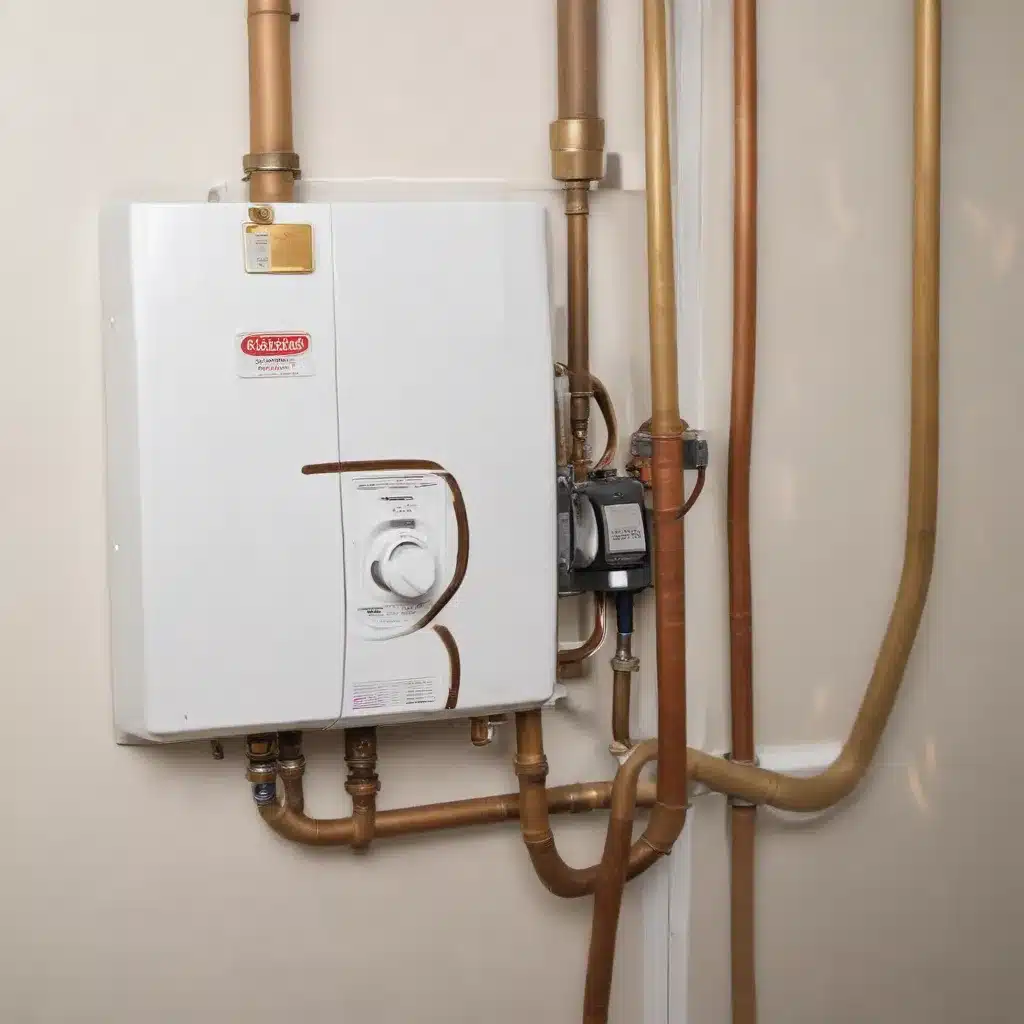
Understanding the Dangers of Carbon Monoxide
Carbon monoxide (CO) is an invisible, odorless, and tasteless gas that can quickly become a deadly threat in your home. Produced by the incomplete combustion of fuels like natural gas, propane, oil, wood, and coal, this silent killer interferes with the body’s ability to transport oxygen, leading to serious health issues and even death.
According to the Centers for Disease Control and Prevention (CDC), an estimated 400 people in the United States die each year from unintentional CO poisoning, with the majority of these incidents occurring in residential settings. In fact, data from the state of Minnesota shows that an average of 14 people die annually due to unintentional CO exposure, and around 300 people visit the emergency department for CO-related symptoms.
The insidious nature of carbon monoxide makes it particularly dangerous. Because it is undetectable by human senses, CO can quickly build up to hazardous levels in a home without the occupants’ knowledge. Symptoms of CO poisoning, such as headaches, dizziness, nausea, and fatigue, often mimic those of the flu, leading many victims to ignore the early warning signs until it’s too late.
Identifying Potential Sources of CO Leaks
While carbon monoxide can come from a variety of sources, the home’s heating system is one of the primary culprits. Fuel-burning appliances like furnaces, boilers, water heaters, and fireplaces are all potential sources of CO leaks if they are not properly installed, maintained, or vented to the outside.
Other common household items that can generate CO include:
– Gas stoves and ovens
– Portable generators
– Vehicles running in attached garages
– Certain camping and recreational equipment
It’s important to note that a furnace that is not running cannot directly produce carbon monoxide. However, if there are leaks or ventilation issues elsewhere in the home’s HVAC system, CO from other sources can still be distributed throughout the living space, posing a serious threat.
Proactive Maintenance for Heating Systems
Regularly scheduled maintenance and inspections of your home’s heating equipment are essential for preventing carbon monoxide leaks. A qualified HVAC technician should perform the following checks at least once a year:
Furnace Inspection
– Examine the heat exchanger for cracks or damage that could allow CO to escape
– Ensure the furnace is properly vented to the outside, with no blockages or leaks in the ductwork
– Check the burners and adjust the air-fuel mixture for optimal combustion
Boiler Maintenance
– Inspect the boiler’s combustion chamber and heat exchanger for signs of corrosion or damage
– Verify that the boiler’s venting system is clear and functioning correctly
– Test the safety controls, including the high-limit switch and pressure relief valve
Water Heater Checks
– Examine the water heater’s flue and vent pipe for blockages or damage
– Ensure the connection between the water heater and vent is secure and properly sealed
– Test the temperature and pressure relief valve to confirm it’s working correctly
By addressing any issues identified during these maintenance checks, you can significantly reduce the risk of carbon monoxide leaks from your home’s heating equipment.
Investing in Carbon Monoxide Detectors
While proactive maintenance is crucial, the best defense against carbon monoxide poisoning is the installation of reliable CO detectors throughout your home. These devices, which should be placed within 15 feet of each bedroom, continuously monitor the air for the presence of this deadly gas and sound an alarm if dangerous levels are detected.
When selecting carbon monoxide detectors, look for models that:
– Meet the latest Underwriters Laboratories (UL) standards
– Have a digital display to show CO levels
– Provide a loud, distinct alarm to alert occupants
– Have a battery backup in case of power outages
It’s also important to replace CO detectors every 5-7 years, as the sensor components degrade over time and may become less accurate. Be sure to follow the manufacturer’s recommendations for proper placement and maintenance of these life-saving devices.
Additional Safety Measures
In addition to regular heating system maintenance and the installation of CO detectors, there are several other steps you can take to further minimize the risk of carbon monoxide exposure in your home:
Avoid Using Outdoor Equipment Indoors
Never use portable generators, grills, camp stoves, or other fuel-burning appliances designed for outdoor use inside your home or garage, even with the doors and windows open. These items can quickly fill a space with dangerous levels of CO.
Ventilate the Garage
If you need to run your vehicle’s engine in the garage, be sure to open the garage door and do not let the engine idle for an extended period, as the CO from the exhaust can build up quickly.
Inspect Chimneys and Flues
Have a professional regularly inspect and clean your home’s chimneys, flues, and venting systems to ensure they are not blocked or damaged, which could cause CO to back up into the living space.
Use Caution with Space Heaters
When using a fuel-burning space heater, ensure it is properly vented and never run it while you are sleeping or away from home.
By implementing these safety measures and remaining vigilant about the maintenance of your home’s heating equipment, you can significantly reduce the risk of carbon monoxide leaks and protect your family from this invisible threat.
Conclusion
Carbon monoxide poisoning is a serious and potentially deadly issue that all homeowners must take seriously, especially during the colder months when heating systems are in heavy use. By understanding the sources of CO, performing regular maintenance on your home’s heating equipment, installing reliable CO detectors, and following essential safety guidelines, you can help ensure your family’s health and well-being all year round.
If you have any concerns about carbon monoxide or other plumbing and heating issues in your home, don’t hesitate to reach out to the experts at DD Plumbing and Heating. Our experienced professionals are dedicated to providing the highest quality services and personalized solutions to keep your home safe, comfortable, and energy-efficient.


